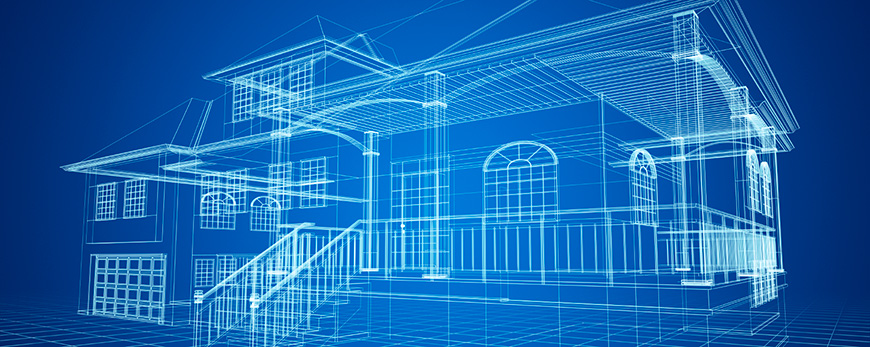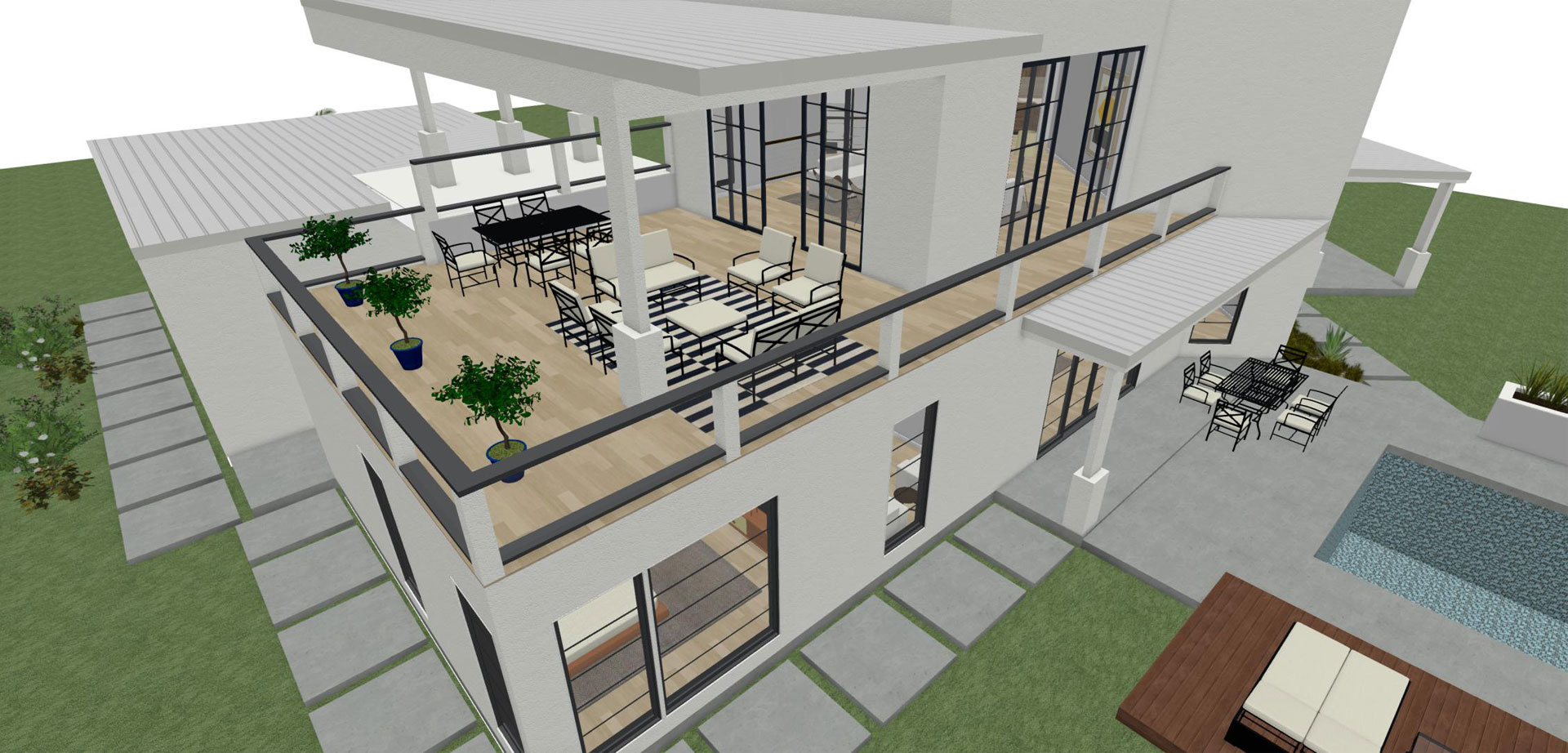Changing Spaces: The Vision of CDA Architects for Modern Living
Changing Spaces: The Vision of CDA Architects for Modern Living
Blog Article
The Effect of Technological Developments on the Design Practices of Contemporary Architects
The rapid evolution of technological devices has actually significantly improved the layout landscape for contemporary engineers, fostering unmatched degrees of advancement and sustainability. Exploring these characteristics exposes a nuanced interplay in between technology and conventional layout techniques, prompting a better exam of what the future holds for building methods.
Evolution of Architectural Devices
Exactly how have architectural tools changed the layout and building procedures over the centuries? The advancement of building devices has considerably influenced the performance, accuracy, and imagination of style and construction. In ancient times, designers depend on primary tools such as plumb bobs, measuring rods, and standard geometry to create frameworks. These tools laid the foundation for very early architectural technique, allowing for the building of famous structures, albeit with limitations in accuracy and complexity.
With the introduction of the Renaissance, the intro of the compass and the protractor noted a critical change. These devices enabled designers to accomplish greater precision in their layouts, facilitating the emergence of more detailed and proportionate structures (cda architects). The Industrial Change additionally reinvented architectural exercise with the intro of mechanical devices and materials, enabling for larger and more enthusiastic tasks
In the 20th century, the advancement of computer-aided style (CAD) software application transformed the landscape once more, providing engineers with unprecedented capacities in modeling and visualization. Today, progressed devices such as Building Info Modeling (BIM) and parametric style software program remain to push the limits of building development, making it possible for a much more integrated approach to design and building and construction processes.

Improved Cooperation in Layout
As innovation continues to develop, enhanced partnership in style has actually become a foundation of contemporary architectural practice. The assimilation of digital tools such as Structure Details Modeling (BIM), cloud-based platforms, and progressed visualization software has changed the method designers, engineers, and stakeholders connect throughout the style procedure. These devices assist in real-time interaction, permitting teams to share concepts, modifications, and feedback instantaneously, no matter geographical area.
Furthermore, digital reality (VIRTUAL REALITY) and augmented truth (AR) have more enriched collective initiatives by making it possible for immersive experiences that enable clients and staff member to picture jobs in a much more appealing manner. This level of interaction not only boosts understanding but likewise fosters a feeling of possession amongst stakeholders, bring about more informed decision-making.
In addition, interdisciplinary collaboration has actually been streamlined via these technical innovations, allowing architects to work much more closely with various other specialists, such as city organizers and environmental specialists. The result is a much more cohesive approach to develop that takes into consideration numerous point of views and experience. Inevitably, enhanced partnership in design is not simply a pattern; it is vital for creating ingenious, useful, and visually pleasing style in an increasingly complex world.
Sustainability With Modern Technology
Sustainability in architecture has actually progressively become intertwined with technical advancement, driving the sector toward ecologically accountable practices - cda architects. Contemporary engineers are leveraging innovative modern technologies to reduce ecological impact while enhancing the performance of structures. One famous instance is making use of Structure Information Modeling (BIM), which permits exact planning and source allocation, minimizing waste throughout construction and advertising power performance throughout a structure's lifecycle
Moreover, wise products and energy-efficient get redirected here systems are being integrated into layouts to maximize resource use. Technologies such as photovoltaic or pv cells and environment-friendly roof harness renewable resource sources, contributing to decreased carbon footprints. Additionally, the application of expert system in layout processes allows engineers to replicate and analyze energy usage, leading decisions toward more sustainable outcomes.
The combination of sustainable modern technologies not only aligns with international ecological goals but likewise satisfies an increasing need from customers for environment-friendly remedies. As engineers embrace these advancements, the focus changes towards producing rooms that are not only cosmetically pleasing but also functionally sustainable, therefore redefining the requirements of modern-day architecture. In this way, modern technology acts as a driver for sustainability, making it possible for designers to make buildings that respect and improve the natural atmosphere.
Obstacles in Execution
While technical advancements in style hold fantastic pledge for improving sustainability, their execution often runs into substantial obstacles. One key obstacle is the steep knowing curve related to new innovations. Architects and construction professionals might call for considerable training to properly utilize sophisticated software program and devices, which can delay project timelines and raise costs.
Furthermore, the integration of arising innovations, such as Structure Information Modeling (BIM) and lasting materials, usually demands collaboration across multidisciplinary teams. This collaboration can be impeded by distinctions in know-how, process, and interaction designs, resulting in prospective conflicts and inadequacies.
Financial restraints better complicate the fostering of ingenious technologies. Several building companies, specifically smaller ones, may do not have the resources to purchase advanced tools, limiting their capacity to compete with bigger firms that can pay for such financial investments.
Furthermore, regulative structures and structure codes might not equal technological developments, creating ambiguity and prospective conformity concerns. This challenge can inhibit architects from completely embracing new technologies, as the risk of non-compliance may outweigh the advantages. Resolving these implementation difficulties is essential for the effective combination of technical developments in modern building practices.
Future Fads in Architecture
The difficulties linked with the execution of new modern technologies in style have actually motivated a reevaluation of future patterns within the sector. As designers navigate issues such as sustainability, urbanization, and social equity, they are significantly taking on ingenious technologies to boost design effectiveness and environmental efficiency.
One prominent trend is the assimilation of expert system (AI) in the design process. AI devices can assess vast datasets to inform style choices, boosting both imagination and Recommended Reading capability. Structure Details Modeling (BIM) proceeds to develop, making it possible for real-time cooperation amongst stakeholders and assisting in streamlined task management.
Lasting style methods are likewise acquiring momentum, with designers concentrating on flexible reuse and regenerative style concepts that minimize resource usage and waste. The unification of wise products and renewable resource resources will certainly even more improve the resilience of structures in the face Visit This Link of climate modification.
Furthermore, the increase of parametric layout enables for even more individualized and context-sensitive building remedies. By using these developments, engineers are positioned to create constructed atmospheres that not just address the immediate demands of society however also prepare for future obstacles, thereby redefining the function of design in an ever-changing world.
Final Thought

Report this page